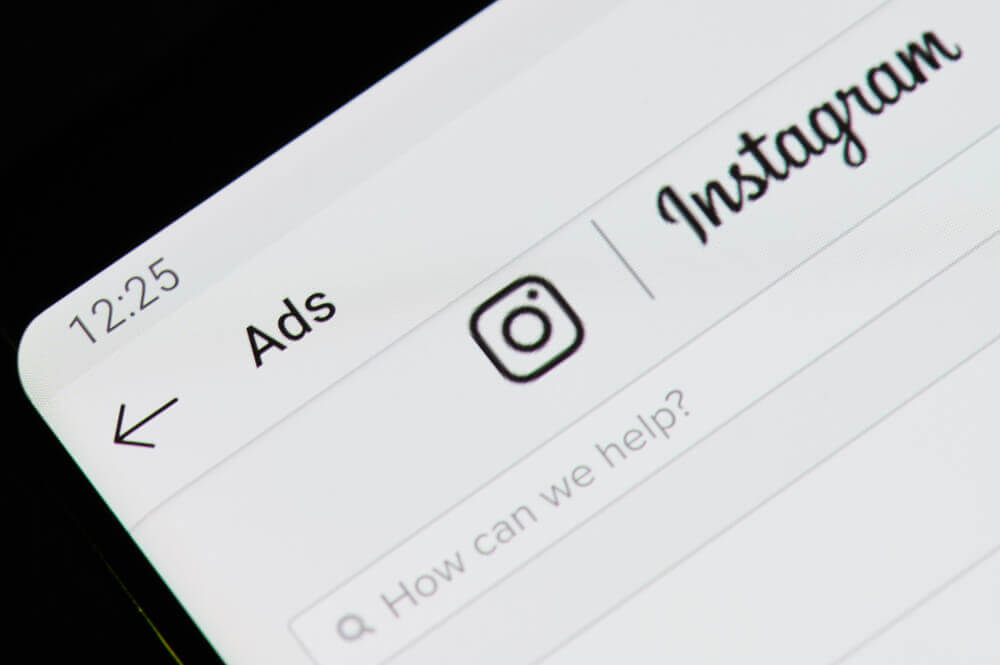Let’s face it! There is no shortage of mobile apps in the market. For every app, there are hundreds of alternatives on the App Store and Play Store itself. To be straightforward, the mobile app abandonment is inevitable for even the best-downloaded apps in the market. Someday, users would find a better alternative and leave your app for good.
Thanks to modern mobile app re-engagement tactics, which go all the way from app developers to app marketers, applications need not just give up so easily. Mobile apps today are living in an era of re-engagement renaissance. Using deep analytics, data collection, and various technological advancements, app owners these days can prepare their apps for re-engagement right from the point of the development phase.
What exactly is mobile app-engagement?
To understand the concept, we need to go through the factors that influence a user’s decision to either keep using an app, use it less, or uninstall for good. Take the following stats for instance. You can see how challenging it is to keep a user engaged with a mobile app:
Users use 24% of the apps on their phones right when required. Almost 26 % of mobile app users show the most active sessions only up to 24-48 hours from the time of installation. This number decreases to 13 % after seven days from the first session. Moreover, most of the users use only 40% of the apps on their phones for more than 11 times.
We use mobile app re-engagement tactics to increase these numbers. The more the app excels on these grounds, the more it grows. Hence, a typical re-engagement strategy is not about just getting more downloads but also about-
- How can you retain the users who have installed the app?
- How can you bring back the users who have uninstalled?
- How can you make the current users interact with the app more frequently?
- How can you engage the users who don’t use the app as often as you intend them to be?
Hence, most of the time, we design mobile app re-engagement campaigns to target the dormant users and the users who have the app, but scarcely interact.
Why is mobile app re-engagement important?
Trends come and go; if you cannot keep your app trendy, it will not survive the heat of competition. Re-engagement is not different from re-marketing. It’s something that we can use interchangeably. As the name suggests, it’s a marketing strategy to prioritize the activities to be carried out to keep users on-board and active on the app. At the same time, the campaigns also deal with keeping the apps relevant, competitive, easier to use, faster, and most importantly, useful to the target users. So yes, mobile app-re-engagement is as important as the app itself.
How can you design a mobile app re-engagement strategy?
It’s simple! Through communication. Right?
Well, it’s not that simple. The answer is correct partially. If you can communicate, you can persuade them to use the app quite often, or at least not uninstall it out of non-utility or boredom. However, it’s not that easy to establish a communication channel with the users. For example, you can send an email, but it’s not certain that they will even read it. They might just ignore your emails, unsubscribe from your list, mark your communication as spam, or just block your email address.
Communication indeed is a key to effective mobile app re-engagement, but it’s not that easy to establish. At least, not with traditional app development or marketing approaches. You need a strategy right from development to launch, downloading, installation, and usage of the app once it gets on a user’s device. Following are four of the most useful mobile app re-engagement strategies you can follow:
Deep Linking
There is a difference between how we interconnect pages in a mobile app and pages on a website. The HTML framework makes it so easy to link different pages on a website, but we don’t have such liberty when it comes to linking mobile apps with the World Wide Web. This is where deep linking comes into play.
Deep linking offers a similar framework like HTML to interconnect an app and enhance the user experience by funneling down users deep into an app using a Uniform Resource Identifier (URI). Without deep linking, we had only a few limited options to interconnect apps that too we can connect only to the home screen of the apps.
Fortunately, we have deep linking now, which we can use to design re-engagement campaigns linked to the relevant and valued screens on an app. With deep linking into the play, we can easily eliminate unnecessary taps and navigations and link directly to the target screens. Ultimately, this helps in user experience optimization and boosting the conversion rates too.
Take Instagram Ads for example. Have you noticed how clicking on an Instagram Ad you directly on the particular product page? Did you notice in the past how these Ads would only take you to the home screen of an app? It’s because deep linking has only come into the mainstream game very recently.

One more thing you might have noticed. When you click on such Ads or links, if you already have the app, it opens the app screen, but when you don’t have the app, it redirects you to the app store or Google Play Store. That’s also deep linking.

The process is not limited to just social media Ads but every kind of interconnection between two apps or interconnection of the web with apps. Deep linking is one of the most valuable assets as of today when we talk about building apps with the best mobile app re-engagement feasibilities.
Push Notifications
Push notifications are small clickable messages that app publishers can send to the users through a web server. Depending on the operating system, push notifications appear in different ways on a device. The best part is you don’t even need a user’s email ID and phone number to send a push notification to him or her. Browser notifications work with a mobile app using two APIs- “Push API” and “Notifications API”.
- The Push API is responsible for delivering a message to a device through a web server.
- The Notification API is responsible for alerting about and displaying the message to the users.
How can we use push notifications for mobile app re-engagement campaigns? We need two things to engage a user –
- A seamless communication channel, and
- An interesting reason to stay on the app.
Luckily, push notifications can deliver both without a blink. You can deep link your app with all your push notifications. Based on how interesting you make them, push notifications can always bring the users back on the app with just a tap on the message.
Marketers have studied push notifications in detail and have found that they can boost mobile app open-rates by 25% and retention rates by a whopping 92%. The average open rate of push notifications is between 30%-60%, and the same for engagements is over 40%. Push notifications are one of the best marketing channels, which offer superior ways to communicate with the users where traditional channels such as email struggle to acquire even 20% open rates and 5.4% click-through.
Hence, notifications deliver the messages instantly, there are no spam filters in push marketing, and you can re-engage without knowing any personal information of the user. Therefore, if we deep link push notifications to communicate, engage, re-engage, send offers, and deliver alerts, etc., there is always a high chance that users will stay on-board.
Paid Social and Paid Search
Of course, premium options are always there to the rescue if you can spare some of your marketing budgets to the paid Ads on both social media and search engines. Be advised that deep linking is still significant here.

Do you remember what I said about Instagram Ads and deep linking? Yes. Spending some of your marketing capital in paid advertising can boost your re-engagement stats to the skies. Of course, social media Ads and Search Ads are expensive, but they show some great ROIs. You should try running Ads for your best value propositions and deep link them to the relevant app screens.
Experiment with Instagram, Facebook, Twitter, YouTube, Google, and Bing Ads. All of these platforms offer specially designed re-engagement campaigns. You just need to target the platforms that you think your target users are more likely to use often.
To summarize
Mobile apps live in an era of great competition today. Right from the App store to a user device, it takes a lot to get user downloads. So when you have some users, don’t let them go. Engage them, re-engage them, and leverage the technologies we have. Through a collective all-round targeting through deep linking, premium Ads, and push notifications, it’s easier to reach out to your current users and engage them with valuable content. So, start with mobile app re-engagement today if you haven’t already.
